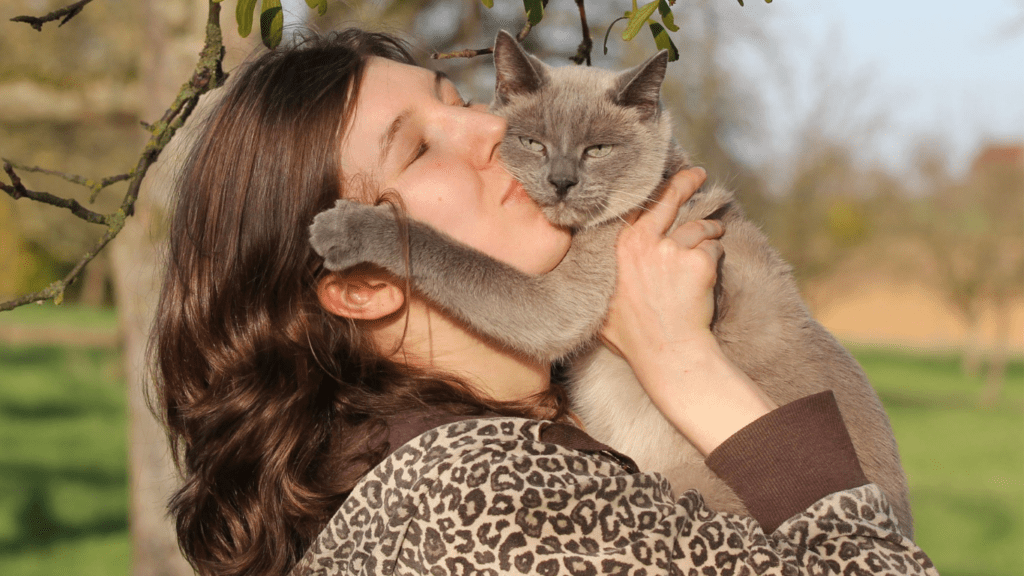Understanding Your Pet’s Needs
Choosing a pet sitter requires understanding your pet’s unique needs. Below are key considerations to ensure your pet receives the best care.
Determining the Type of Care
Identify the level of care your pet needs. Some pets need minimal supervision while others require constant attention. For example, cats might need daily feeding and litter box cleaning while dogs often benefit from regular walks and playtime.
Younger animals might need more frequent monitoring to prevent accidents. Different species, such as birds or fish, often have specific environmental needs that must be maintained.
Assessing Special Requirements
Consider any special requirements your pet has. Health conditions, dietary restrictions, or behavioral issues should be clearly communicated to the pet sitter. For instance, a dog with arthritis might need help moving or a cat with diabetes might require insulin shots. Allergies to certain foods would mean the sitter must be aware of what not to feed your pet. Pets with anxiety might need a sitter experienced in providing calming environments. Always detail these needs in advance to ensure the sitter is prepared.
Exploring New Trends in Pet Sitting

As the pet sitting industry evolves, new trends are making this service more efficient and tailored to individual needs. Here are some key trends shaping the industry today.
Technological Advances
Technology is revolutionizing pet sitting. Many sitters now use apps and online platforms to manage bookings, provide updates, and communicate with pet owners. GPS-enabled collars monitor pets’ locations, offering additional peace of mind. Video calls help owners check in on their pets anytime.
Specialized Pet Sitting Services
Pet sitting has become more specialized to cater to specific needs. Some sitters focus on certain pets like reptiles or birds, while others offer medical care for pets with health conditions. This specialization ensures pets receive the specific attention they need.
Green Pet Sitting Practices
Eco-friendly practices are gaining popularity in pet sitting. Sitters use biodegradable waste bags and eco-friendly cleaning products. Carpooling for multiple pet visits reduces carbon footprints. These green practices help reduce the environmental impact of pet care.
These trends in pet sitting emphasize the importance of staying updated with the latest developments to provide the best care for pets.
How to Evaluate Potential Pet Sitters
Selecting the right pet sitter ensures that pets receive quality care. Here’s how to evaluate potential pet sitters effectively:
Checking Credentials and Experience
Always verify credentials and work history. Ensure the sitter is certified through recognized organizations, like Pet Sitters International or the National Association of Professional Pet Sitters.
Confirm their experience with specific pets, especially ones similar to yours. For example, check if they’ve handled specific breeds, senior pets, or animals with unique medical needs. Ask for references from previous clients to get detailed insights.
Reading Reviews and Testimonials
Read reviews on third-party platforms like Yelp or Google Reviews. Look for consistency in feedback, noting positive remarks about reliability and care. Pay attention to any recurring negative points as well.
Review testimonials on the sitter’s website to understand what past clients appreciated most. Consider contacting reviewers if possible to ask further questions.
Conducting Interviews
Schedule interviews to gauge the sitter’s compatibility with your pet. Evaluate their communication skills and responsiveness. Discuss care routines, emergency plans, and observe their interactions with your pet.
Ask detailed questions such as, “How would you handle a sudden illness?” or “What experience do you have with administering medication?” Ensure you feel comfortable and that trust can be established.
These steps help ensure the selected pet sitter is qualified and trustworthy, aligning with the latest industry trends for optimal pet care.
Cost Considerations
Choosing the right pet sitter involves understanding various cost factors within the pet sitting industry. Various pricing models exist, making it important to select the best option for individual needs and budgets.
Understanding Pricing Models
Pet sitting services often provide different pricing models. Some charge by the hour, especially for short visits (e.g., 30-minute check-ins). Others offer daily rates for extended care or overnight stays. There are also weekly or monthly packages for long-term coverage. When comparing costs, always check what services are included in the price, such as feeding, walking, or administering medication.
| Pricing Model | Description | Examples |
|---|---|---|
| Hourly | Charges based on hours spent | $15/hour for short visits |
| Daily | Fixed rate for daily care | $50/day for day and night |
| Weekly or Monthly | Bulk packages for extended periods | $300/week for multiple visits |
Balancing Cost and Quality
While cost is important, quality shouldn’t be compromised. Look for sitters with certifications and strong reviews. Higher rates often correspond to more experienced professionals or additional services (e.g., pet first aid).
Evaluate the sitter’s experience and services offered to determine if the cost aligns with the expected quality of care. Always invest where it matters most to ensure pets receive the best possible care.
Making the Final Decision
Selecting the right pet sitter is crucial for your pet’s well-being. Once you’ve narrowed down your options, it’s time to make the final choice.
Trusting Your Instincts
Listen to your gut feelings about the pet sitters. If a candidate makes you uneasy, even if they have excellent credentials, consider other options. Observe how your pet interacts with the sitter during the meet-and-greet.
If your pet appears uncomfortable or hesitant, this might not be a good match. Trust your instincts—they often provide valuable insights into making the right decision.
Doing a Trial Run
- Arrange a trial run to evaluate the pet sitter’s compatibility with your pet.
- Schedule a short pet sitting session, such as an afternoon or a day, to assess their interaction and care quality.
- Pay attention to your pet’s behavior before, during, and after the trial. Positive signs include your pet appearing relaxed, happy, and well-cared for.
- If any issues arise during this period, address them immediately or reconsider your choice.
- This hands-on experience helps ensure the sitter meets your pets’ needs and aligns with your expectations.




